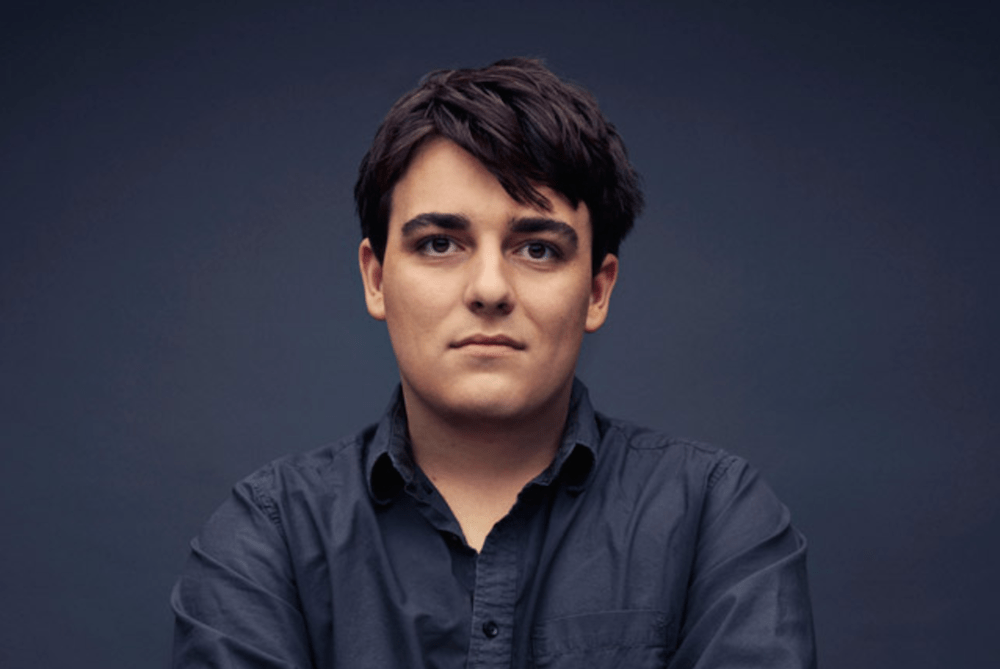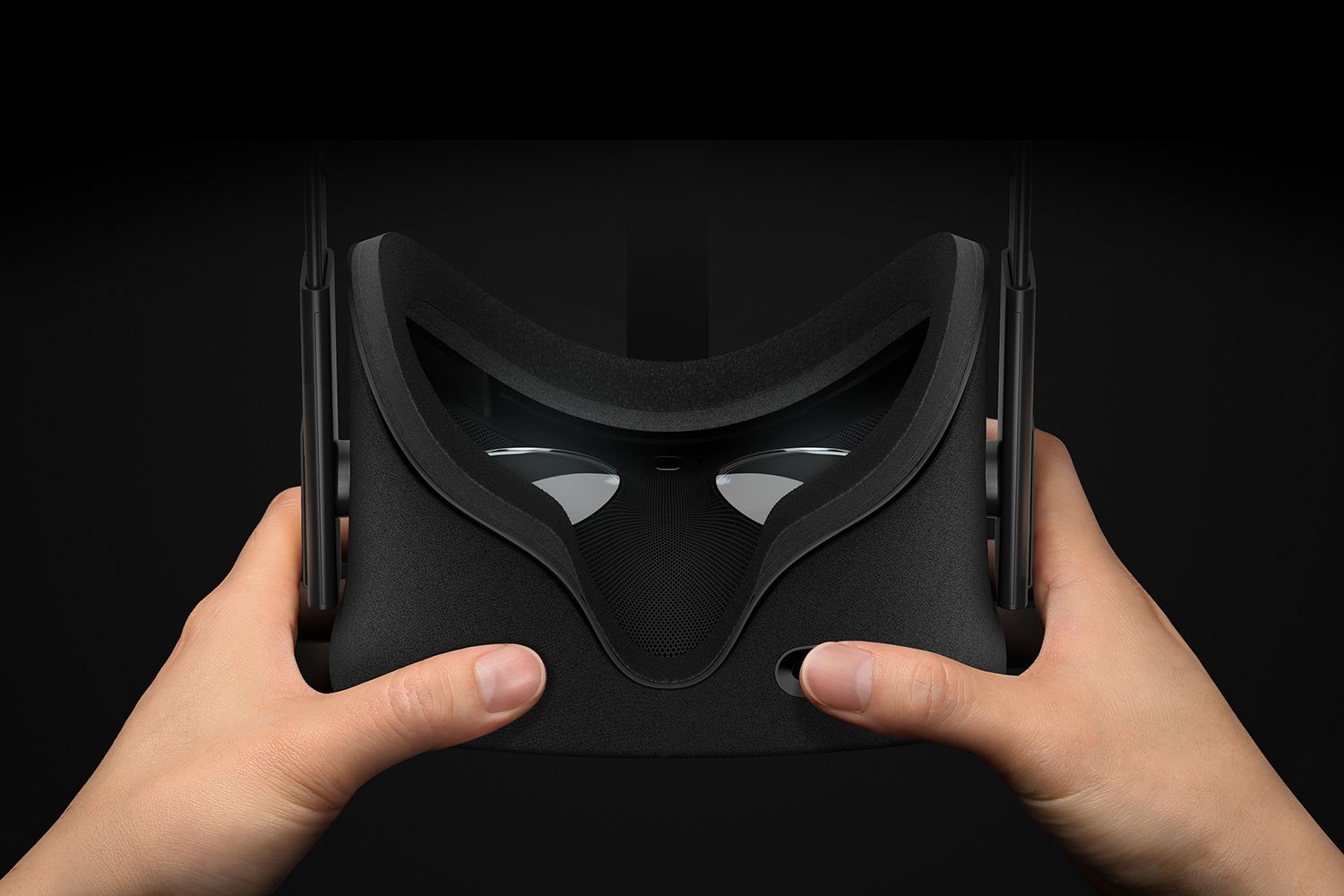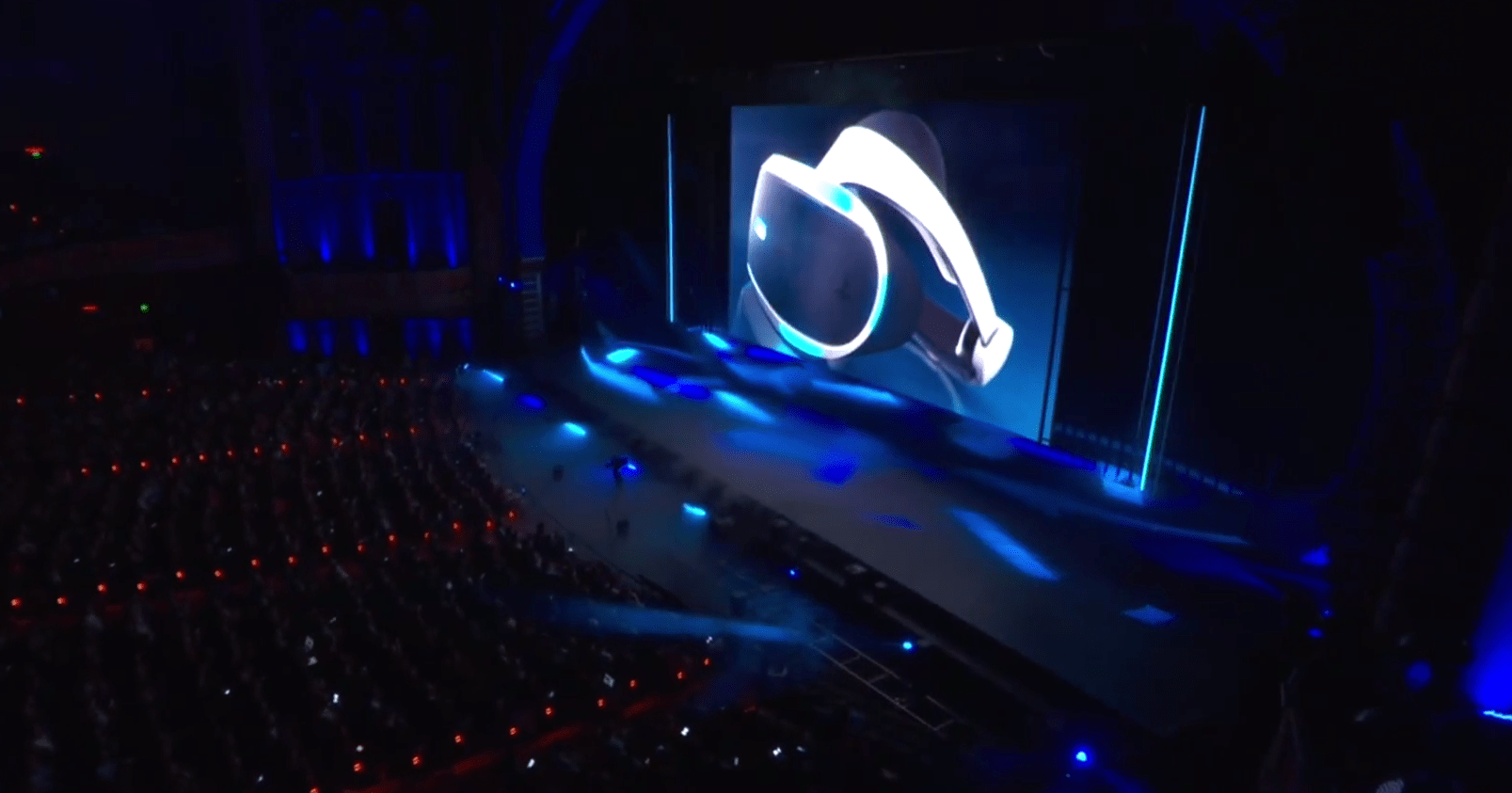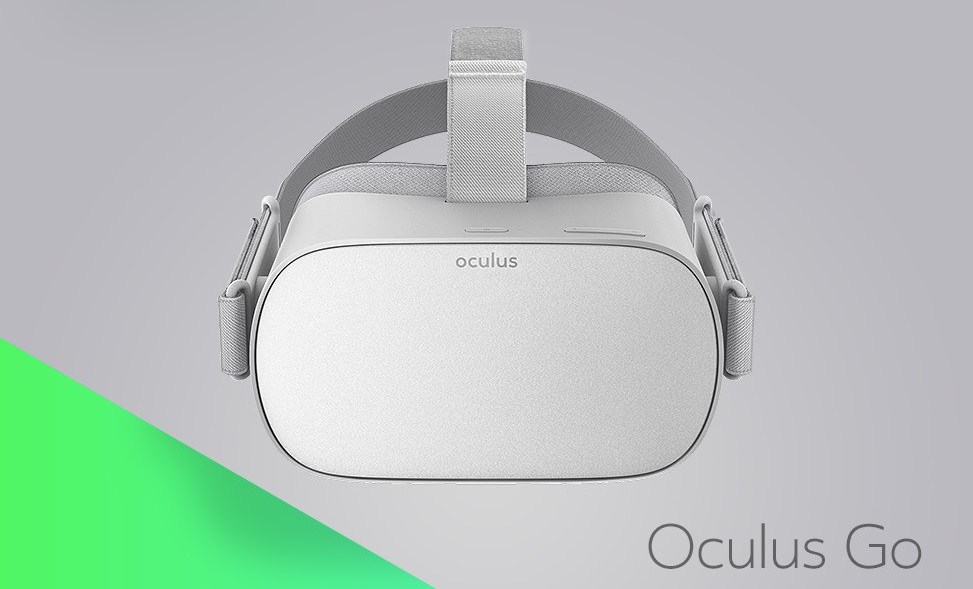Here’s how hectic the world of virtual reality has been in 2017: while writing up this list of the biggest stories to break this year, I could have sworn Palmer Luckey had parted ways with Oculus more than 12 months ago. There’s been so much to keep up with that even some of the year’s industry-shaking stories managed to slip through the cracks.
VR has had an interesting year filled with some amazing ups and unexpected downs. These are the most essential stories that will shape the industry as we head into 2018.
Oculus’ lawsuit goes awry

Oculus did not have a great start to 2017. The year began with Facebook’s VR division being taken to court by ZeniMax Media, the parent company of gaming publisher Bethesda, which itself owns id Software, the former home of Oculus CTO John Carmack. ZeniMax claimed that Carmack and Oculus founder Palmer Luckey had used Bethesda resources when working on the first versions of the Oculus Rift — which the two collaborated over online in the early 10’s. When Carmack joined Oculus later on, ZeniMax claimed, he’d stolen Bethesda technology.
When news of the lawsuit first broke many had assumed it wouldn’t get far but, after a fascinating few days of legal battling, which saw Facebook CEO Mark Zuckerberg take the stand and thousands of intriguing tiny details about the early days of Oculus pour onto the web, the court ordered Facebook to pay ZeniMax $500 million in damages. Currently, Oculus is attempting to appeal the decision while ZeniMax works to cut it off at every turn. We haven’t heard the last of this story.
Palmer parts ways with Oculus

In late 2016 a report surfaced claiming that Oculus Rift inventor Palmer Luckey had funded a political smear campaign. Luckey denied these accusations in part, but the news shook the VR industry to the core. For the past six years, Luckey had been the face of VR, the industry’s very own golden boy. In space of just a few days, though, he vanished from sight; social media accounts were left unused and Luckey was noticeably absent from major events like that year’s Oculus Connect developer conference.
Towards the end of the year Oculus had told us that Luckey had a new role within Oculus which would soon be revealed. A few months into 2017, however, we broke the news that Luckey was parting ways with Facebook for good. No reason was given, but it’s largely assumed 2016’s controversy kicked these events into action. Since then, Luckey has formed a new company working in the security sector, but has also kept one foot firmly in the VR industry. He’s back on Twitter, where he regularly talks about the industry (and sometimes even his departure from Facebook) and has even appeared at events like 2017’s Connect. Where will 2018 take him?
The Oculus Rift’s rapid price drop

Oculus told us 2017 would be all about content but, looking back on the year, the biggest story for the Rift has been all about price. In January the Rift itself was $599, which got you the headset, a tracking sensor and an Xbox gamepad. A pair of essential Touch controllers along with another sensor cost $99, bringing the price up to $698 for a 180 degree-tracked VR system with hand controls. Adding on a third sensor for 360 degree tracking on par with the HTC Vive brought you to around $770 (about $30 what Vive itself cost). Over the course of past nine months, though, that price has fallen at an unusual pace.
At GDC in March, Oculus took $99 off the price of the Rift and Touch, making it $599 all-told. That, we assumed, would be the new price of the headset for at least another year. Just four months later in July, though, Oculus held a lengthy Summer Sale promotion in which the Rift with Touch was discounted to just $399, cutting a huge $200 off the price. It was a surprising move on Oculus’ part that also saw the company introduce the Rift/Touch bundle in one box (ditching the Xbox controller). During the promotion Oculus also confirmed the new permanent price for this bundle would be $499 once the deal was over. This didn’t last long; a few months later the price yet again dropped to the now-permanent $399. Oculus even slashed another $50 off for Black Friday and other recent sales.
The dizzying rate of discounts had to be seen to be believed, and it’s left HTC Vive in a tight spot; the company cut price to $599 during Oculus’ Summer Sale but the company widened the gap yet again after that. Where does that leave Rift in 2018? Will we see more price cuts? Or does this mean new hardware is in store?
Sony shares PSVR success while Oculus and HTC stay silent

Trying to determine sales figures for VR headsets is like trying to get blood from a stone. Since launch both Oculus and HTC have remained frustratingly tight-lipped about the sales of their respective headsets, leaving us to study unofficial and unreliable sources like Steam Hardware Surveys as vague barometers for how each is performing. Sony, though, was a different story; about five months after PSVR launched the company announced it had sold a million units. Much more recently it also passed the two million mark.
Those might not be the most impressive numbers, but Oculus and HTC’s silence leads us to assume it’s a fair bit better than what PSVR’s PC-based rivals have achieved (the silence is kind of deafening at this point). Perhaps, though, we’ll finally see a bit more transparenct between Oculus and HTC in 2018.
The VR ecosystem expands as the standalone race begins

The Rift, Vive and PSVR may be enjoying the majority of the limelight for now, but VR has quietly grown far beyond these three headsets in 2017. Microsoft, for starters, recently introduced a new line of Windows-based headsets in partnership with companies like Lenovo, utilizing inside-out tracking. LG, meanwhile, provided a glimpse of the next SteamVR headset that we’re excited to see more of in 2018.
Perhaps the bigger story, though, is birth of the standalone VR headset. This new category of all-in-one devices that don’t need a smartphone, console or PC to run represent a new hope for getting as many people as possible into VR. It’s a broad category in and of itself; cheaper headsets like the Pico Goblin that used old smartphone parts and feature mobile VR-like three degrees of freedom (3DOF) tracking are already rolling out while the $199 Oculus Go promises to shake things up in early 2018. More elaborate devices are also on the way; Oculus’ Santa Cruz prototype is shipping dev kits with 6DOF tracking and hand controllers next year while Google works with Lenovo on a Daydream standalone headset with its own WorldSense tracking. HTC, having pulled out of another Google partnership, recently released the 6DOF Vive Focus in China with 3DOF controls, but there’s no word on a western launch just yet.
No comments:
Post a Comment